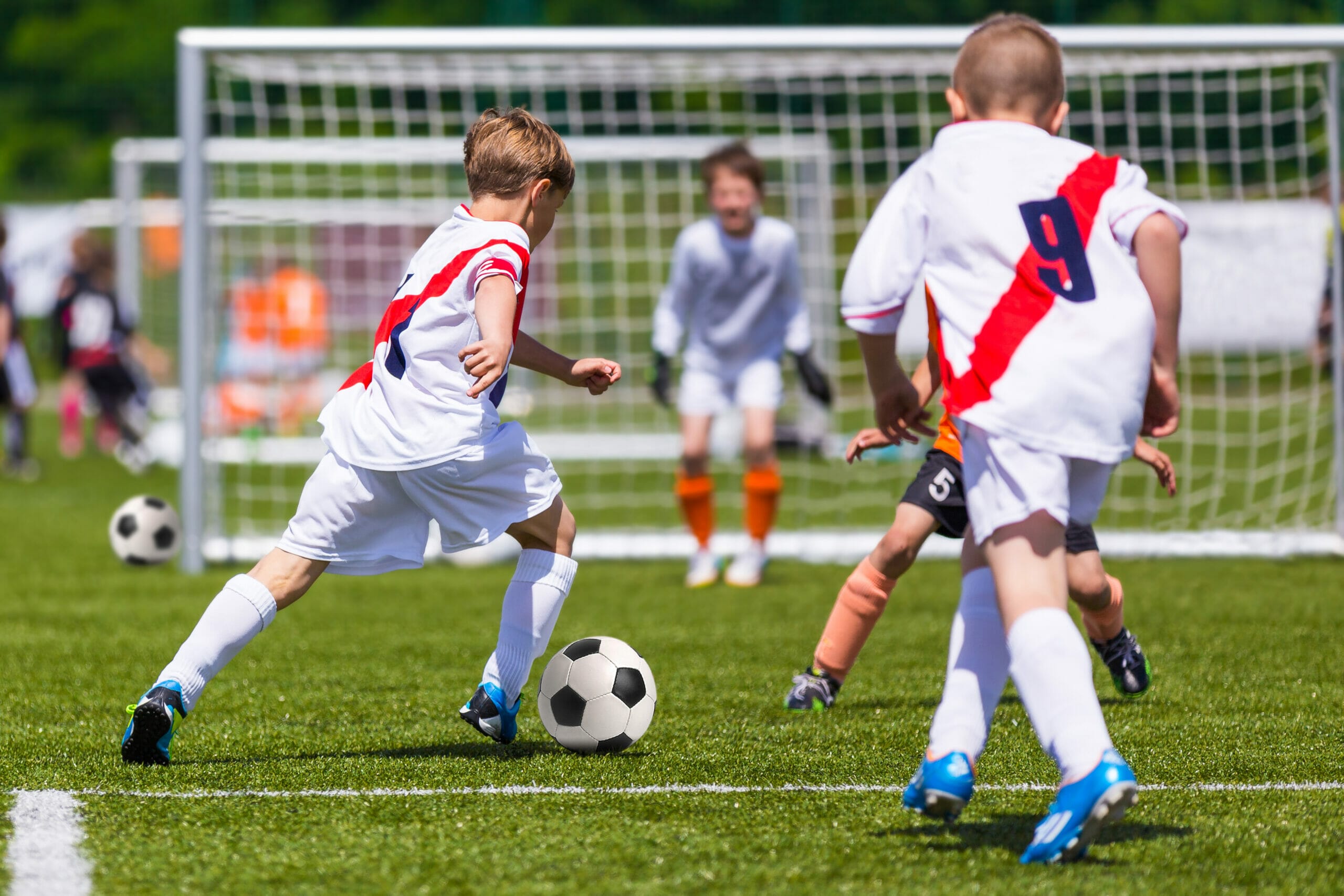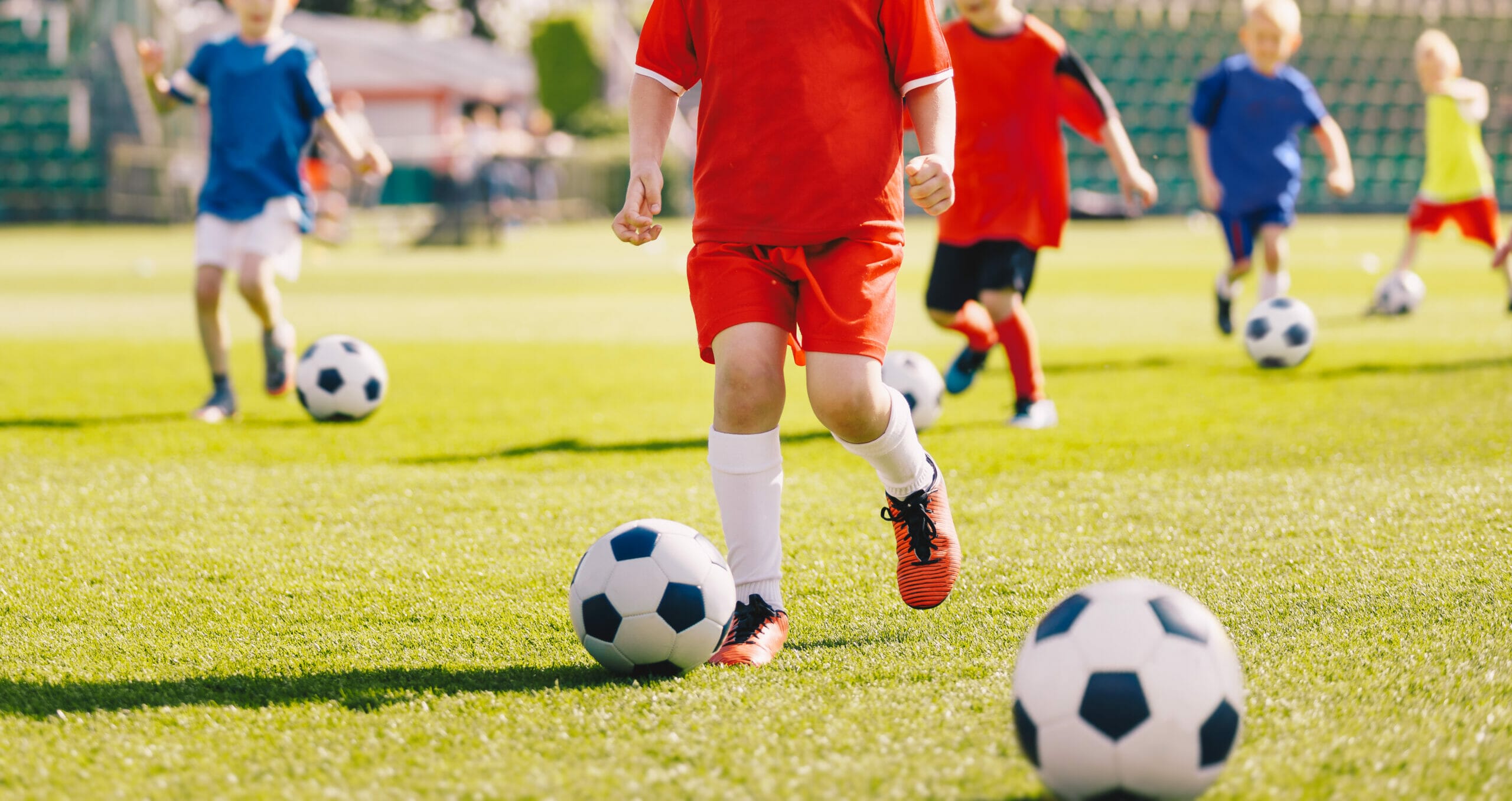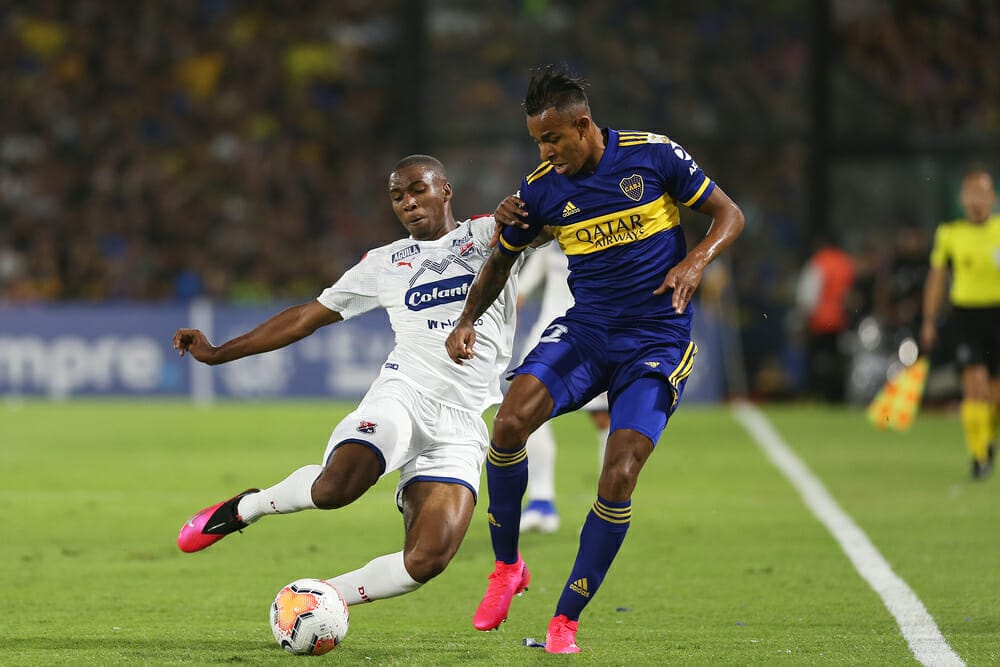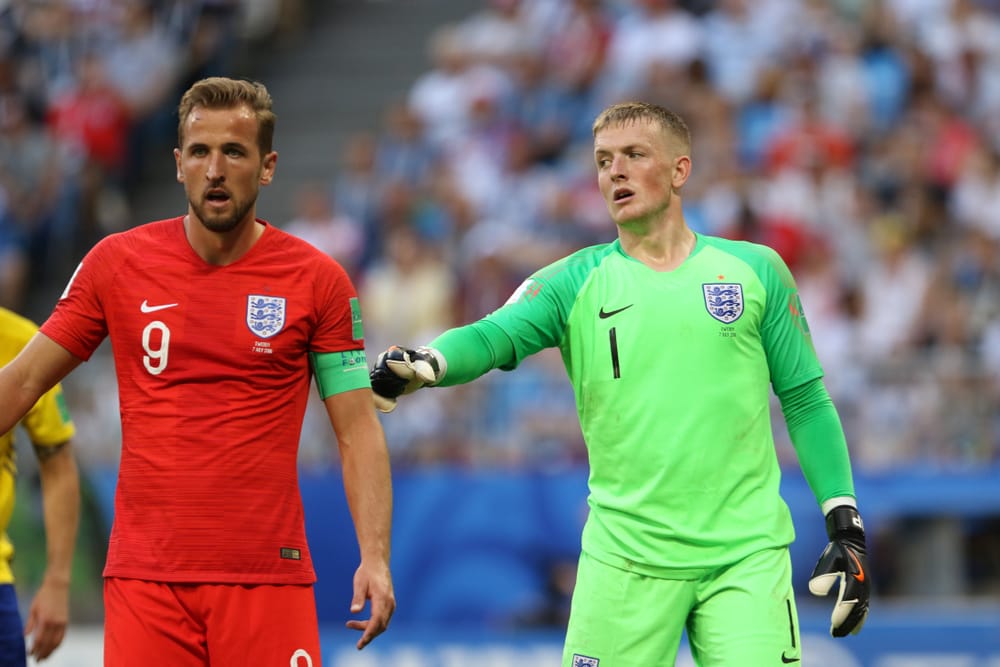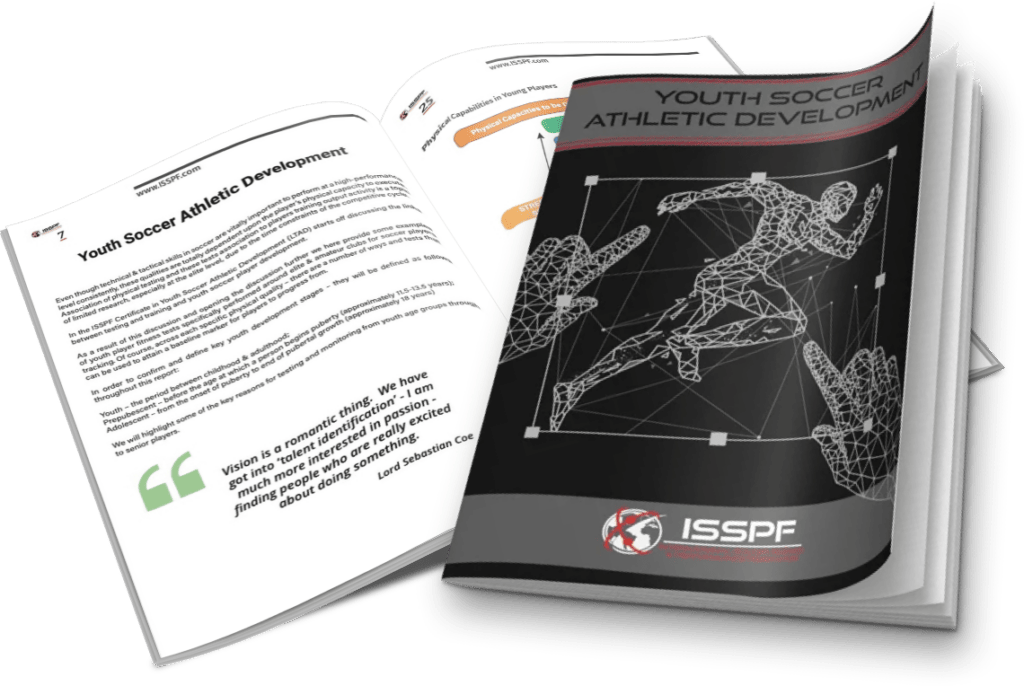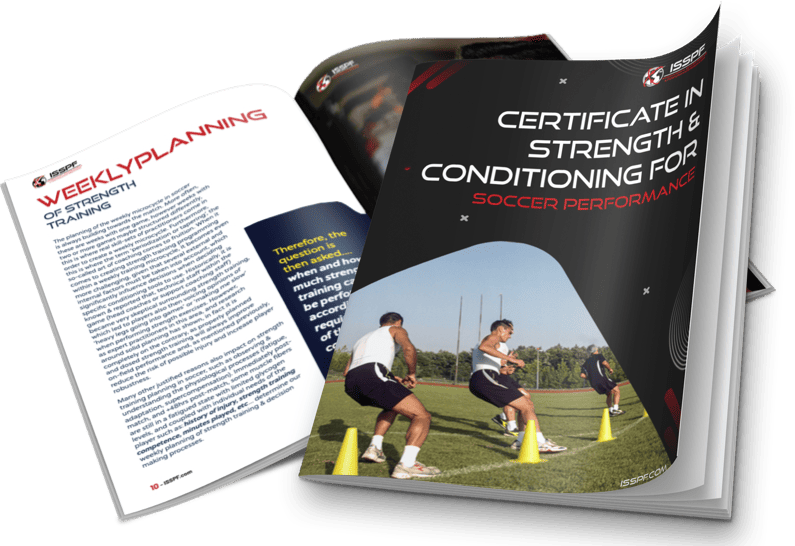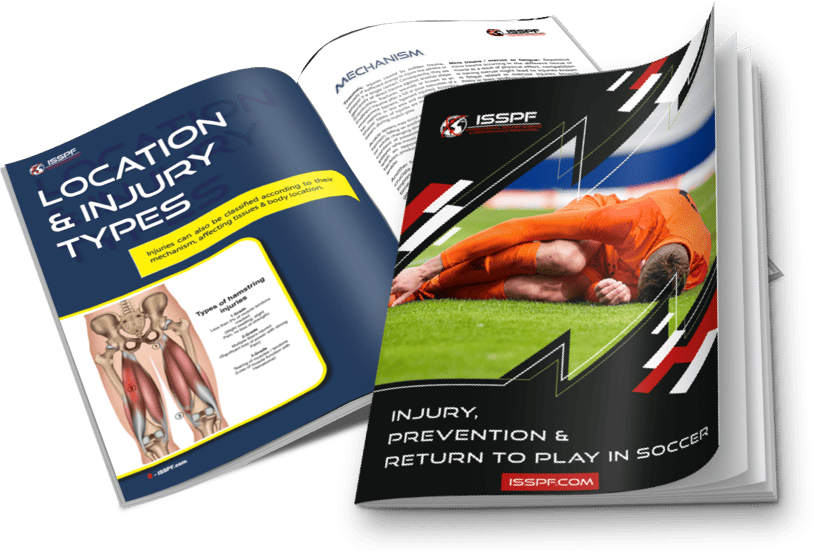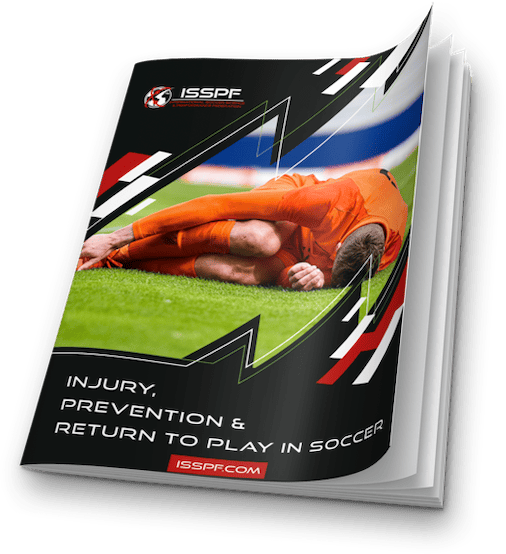We all fell in love with this beautiful game at some point in our lives. Most of us at a young age when playing around was fun and chasing and possessing the ball was the greatest thing in the world. When it comes to preserving the love for the game for the very youngest and to avoid losing kids from stopping to play football, some points are crucial:
Think children, not small adults
Far too often we consider children as small adults. Everything of the 11vs11 is adjusted to youth football. Pitch size is smaller, goals are smaller, playing time is shortened, number of players is reduced; everything is small adults, right?
So, let’s just adapt the training methods, exercises, playing style we use for adults and apply it in youth training as well with little of the above-mentioned adaptations; everything is small adults, right?
As coaches we need to take a step back and deliver our training sessions out of a child’s view. A good way is to try to remember what we felt like as a child. It’s ok not to know the answer, get the perfect drill done or play a flawless match. In fact, that doesn’t even hold true for adults, so let the kids be kids and use appropriate training forms with lots of variations, storytelling, and the freedom to try new things in a safe environment without any fear of failure where the kids (and the coaches) are able to learn and to grow.
Play Play Play
The best way to learn is to play around and try new things. Avoid boring exercises with lots of repetitions and make it fun for the kids by hiding these repetitive technique exercises in a gameplay for example. Therefore, the first two stages of the Long-Term Development Framework (LTD) are essential. Until age 6 this means an active start for stage 1 where the kids are engaged in active daily play and then progressing to the next stage, the FUNdamentals where the kids develop fundamental movement skills both in an structured AND an unstructured environment. Providing fun in an inclusive and multisport way are key, with some instructions where needed.
Focus on movement and fun
At a very young age children should make lots of experiences in all planes of motion to enhance their movement competencies. Let the children crawl, balance, hop, turn, twist, roll and so on. The more different movement patterns they learn and own the better. Football is a sport with lots of one-sided load, sooner or later the kids will experience that when they grow-up and play football on a serious level. So, focus on movement to lay a wide foundation and let them have fun while playing around.
Every child with a ball
Allow the children lots of ball contacts and let them play around with tricks and twists and turns during practice time. Use all kinds of balls, from different sizes to different ball types from other sports. Kids should always feel included, and this works best if everyone is using his or her own ball during practice.
Don‘t care about positions
Early specialisation is more often a pitfall than a helper. This holds true for a single sport in general and for playing only one special position in particular. Every child should even play as a goalie once in a while or let the teams play without a goalie at all to ensure lots of different learning experiences for the kids. Mix in some other (team) sports variations or elements from other sports as well.
Encourage autonomy and let the kids decide – Modify rules
Let the kids choose their own favourite movements, tricks, or exercise, choosing from previous sessions or encourage autonomy and creativity in finding new solutions to a given task. You will be surprised about all the creativity occurring and maybe you will learn some new things for yourself.
Another point is to let the kids play after their own modified rules every once in a while. Enjoy the creativity and see how the kids handle emerging problems in the group. However, this point strongly depends on age and maturity of the players, the general group setting, and it works best if the group members know each other already. Some guidance from the coach is still needed to control possible occurring chaos.
Neglect results
In the end the most important thing is that the kids are having a great time and learn new skills in their long-term development process. Unfortunately, the first question about a game is the result or “how many goals did you score” rather than “Did you have fun and a good time?”, “What did you learn today?” or “Which new experience did you make?” Learning how to be a good loser and a humble winner are teachable in every little situation on and off the pitch, so there is no need for a 18-0 win or loss in the youngest kids.
No testing and keep comparison to a minimum
There is no need for testing speed or power or metabolic output or whatsoever in the youngest players except for testing for the sake of testing. As mentioned above, focus is on movement and fun rather than on (test) results. If there are some data gathered in a fun way the only way to use these testing results is to compare intra-personal, using these results to accompany the players in their long-term athletic development.
It‘s about the kids
In the end it‘s all about the kids and not about the coaches, parents, or any other adult person working with kids. So let’s take these points into consideration and go out, have fun and play.
Join our Soccer Coaching Leaders Course
Our online coaching certificate will provide you with a basic & engaging, first level introduction to soccer practices in a fun, safe environment focussing on engaging with youth players.
The online coaching course covers four key areas: FUNdamental concepts of coaching, key coaching process components & skills, exposure to a modern applied coaching structure & further advances through an introduction to an integrated training approach.
In addition to these areas: Developing a culture, player pathways, promoting & developing sound coaching sessions are embedded.
- You will be exposed to methods & practices that can be used in a fun, safe environment
Soccer Coaching Leaders Course
Share this article:
